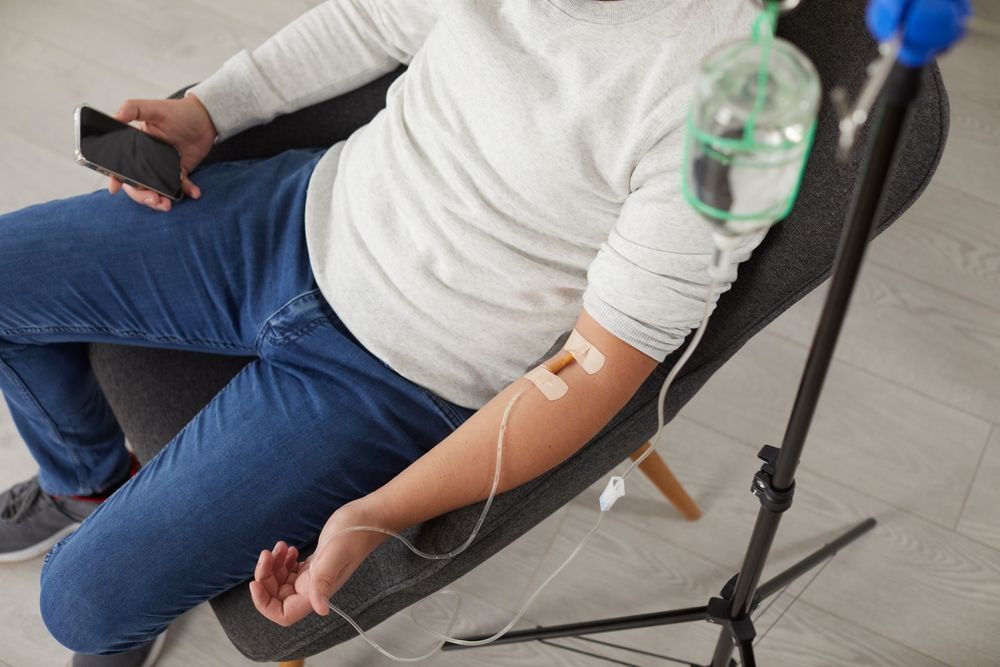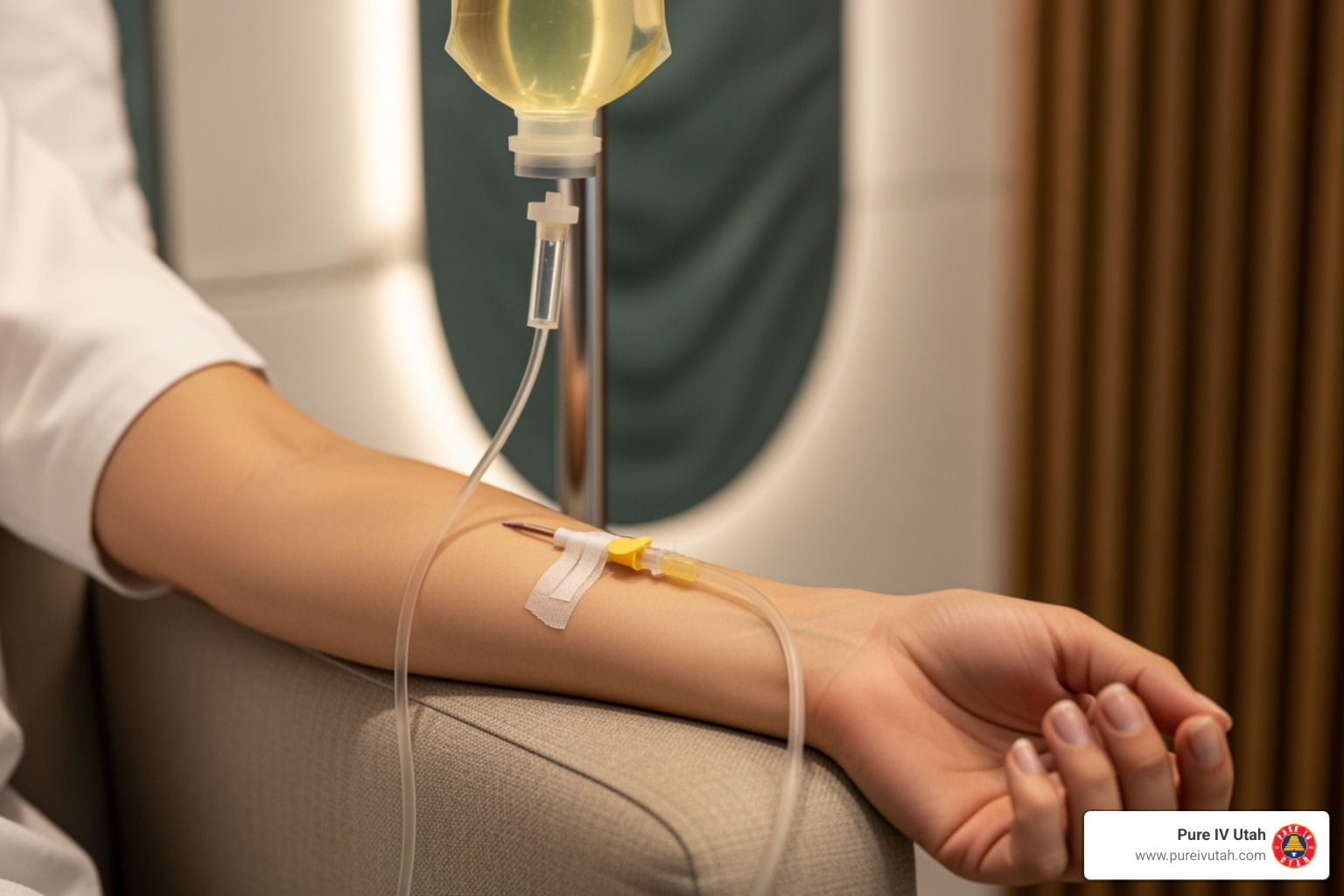Altitude Sickness Relief IV Therapy in Utah’s Mountain Regions

Altitude sickness can dampen the experience of exploring the breathtaking mountain ranges of Utah. With many recreational activities taking place at high elevations, understanding and managing altitude sickness becomes crucial for hikers, skiers, and travelers. One promising solution for those affected by altitude sickness is IV therapy, which is gaining traction as an effective form of relief. This article delves into the science behind altitude sickness, the role of IV therapy, and how to navigate altitude-related challenges in Utah.
Understanding Altitude Sickness
Altitude sickness, also known as acute mountain sickness (AMS), occurs when your body struggles to acclimatize to the lower oxygen levels found at high elevations. Typically, symptoms can manifest around 8,000 feet, making Utah’s towering mountains prime territory for this condition.
As you ascend to higher altitudes, your body undergoes various physiological changes to cope with the decreased oxygen availability. This adjustment can lead to a myriad of symptoms that affect your overall well-being.
The Science Behind Altitude Sickness
The human body is designed to thrive at sea level, where oxygen levels are higher. At altitudes over 8,000 feet, the air contains significantly less oxygen, making it harder for the body to maintain adequate oxygen saturation in the blood. Consequently, the heart and lungs must work harder to deliver oxygen to vital organs, causing various symptoms and discomfort.
As the body acclimatizes, it produces more red blood cells and increases breathing rates. However, this process can take days, leaving many individuals vulnerable to the effects of altitude sickness in the interim.
Symptoms and Risks of Altitude Sickness
Common symptoms of altitude sickness include:
- Headache
- Nausea and vomiting
- Fatigue and weakness
- Dizziness
- Sleep disturbances
For some individuals, altitude sickness can escalate to more severe conditions, such as High Altitude Pulmonary Edema (HAPE) or High Altitude Cerebral Edema (HACE). These conditions are life-threatening and require immediate medical intervention.
The Role of IV Therapy in Treating Altitude Sickness
IV therapy has emerged as a targeted treatment for altitude sickness, delivering fluids, electrolytes, and medications directly into the bloodstream, known for its rapid effects. This method can offer immediate relief for the symptoms associated with altitude sickness.
By replenishing hydration and essential nutrients, IV therapy can effectively counteract the physiological stress the body undergoes at high elevations, enhancing recovery and comfort for individuals feeling unwell.
How IV Therapy Works
IV therapy involves the administration of a specially formulated solution through an intravenous line. The solution can contain a combination of saline, vitamins, and minerals tailored to the needs of the individual. When performed by trained professionals, this process can rapidly alleviate symptoms such as dehydration, nausea, and fatigue.
As the fluids enter the bloodstream, they help to restore balance within the body, promoting overall well-being and speeding up the acclimatization process, particularly when time is of the essence in mountainous environments.
Benefits of IV Therapy for Altitude Sickness
The benefits of using IV therapy as a remedy for altitude sickness are numerous:
- Rapid Relief: IV therapy can provide immediate relief from symptoms, helping individuals feel better faster.
- Hydration: It effectively rehydrates the body, reducing the risk of further complications.
- Customizable Infusions: Each IV can be tailored to an individual’s specific needs, whether they require additional vitamins or medications.
- Professional Supervision: Administered by healthcare professionals, IV therapy ensures safety and effectiveness during the treatment.
Utah’s Unique Mountain Regions and Altitude Sickness
Utah is home to an array of stunning mountain ranges, including the Wasatch Range, the Uinta Mountains, and the Bear River Mountains. These peaks attract outdoor enthusiasts year-round, but the high altitudes present significant challenges for unsophisticated visitors.
In Utah, common recreational activities like skiing, hiking, and mountain biking often take place at elevations where altitude sickness can occur. Being informed about this condition is essential for anyone planning to enjoy the state’s beautiful landscapes.
Altitude Sickness in Utah’s Mountain Regions
The elevation in Utah’s mountain regions can range from 5,000 to over 13,000 feet, which significantly increases the likelihood of altitude sickness. Local outdoor guides often emphasize the importance of acclimatization when embarking on trips to these heights.
Moreover, the proximity to natural hot springs and wellness retreats makes Utah an appealing location for travelers seeking both adventure and relaxation. However, it is crucial to understand altitude sickness in these contexts to maximize enjoyment and safety.
Why Utah’s Altitude Makes IV Therapy Essential
Given the elevation and the physical demands of many outdoor activities in Utah, IV therapy becomes an essential resource for many adventurers. It provides quick recovery options for those who encounter altitude sickness, enabling them to continue enjoying their trip.
Access to IV therapy in mountain towns allows for immediate assistance, ensuring that symptoms do not impede anyone's plans or experiences while enjoying the stunning vistas Utah has to offer.
Preparing for Altitude Changes: Prevention and Treatment
Being prepared for altitude changes is integral for anyone planning to explore Utah's mountains. Understanding preventive measures, signs of altitude sickness, and treatment options is key to a safe adventure.
Preventing Altitude Sickness: Tips and Tricks
To minimize the risk of altitude sickness, consider the following tips:
- Ascend gradually, taking breaks to acclimatize.
- Stay hydrated by drinking plenty of water.
- Avoid alcohol and smoking, as they can exacerbate symptoms.
- Consume a carbohydrate-rich diet that provides energy without overloading the body.
By adopting these strategies, outdoor enthusiasts can significantly reduce their chances of experiencing altitude sickness in Utah.
When to Seek IV Therapy for Altitude Sickness
If you experience persistent or worsening symptoms, it’s crucial to seek IV therapy. Signs indicating a need for immediate attention include:
- Severe headache that doesn’t improve.
- Persistent nausea or vomiting.
- Difficulties in walking or coordination.
Recognizing these signs early can lead to effective treatment and prevent further complications.
Frequently Asked Questions about IV Therapy and Altitude Sickness
Many travelers might have questions regarding the safety and effectiveness of IV therapy for altitude sickness. Addressing these concerns can provide clarity.
Is IV Therapy Safe for Altitude Sickness?
Generally, IV therapy is safe when administered by qualified healthcare professionals. It can be beneficial for those struggling with altitude sickness. However, individuals should always discuss their health conditions and any concerns with a medical provider before treatment.
How Quickly Does IV Therapy Work for Altitude Sickness?
IV therapy can provide noticeable relief within minutes, as fluids and nutrients enter the bloodstream directly. Many individuals report feeling better soon after treatment, allowing them to resume their activities and enjoy the beautiful scenery that Utah has to offer.
In conclusion, altitude sickness does not have to hinder your enjoyment of Utah's majestic mountains. With an understanding of the condition, the advantages of IV therapy, and proactive measures, adventurers can experience the beauty of the outdoors while ensuring their health and safety.












